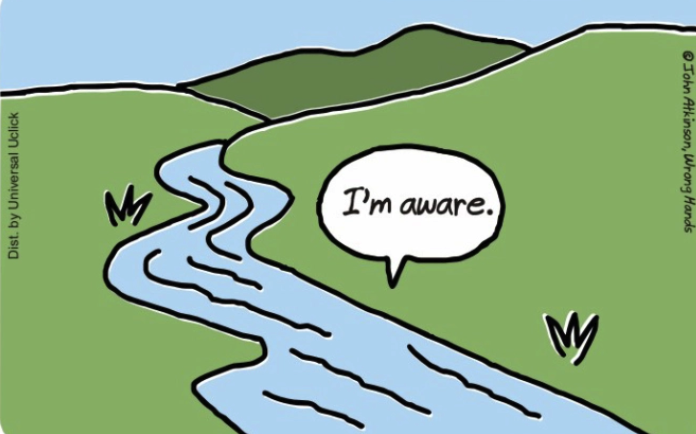Video gaming has evolved a great deal over the past couple of decades, from the blocky pixels of Space-Invaders through the immersive realism of Doom and modern wonders, such as the most recent Elder Scrolls games. When people speak of advances in gaming their focus is frequently on the art – graphics have gotten more realistic, creative, and conscientious over the past few years. Still, there is another aspect of video game art that seems to be the forgotten stepchild of gaming for many people – the soundtracks.
Film music has recently emerged into the public sphere as a popular, less painful alternative to many of the loud, brash hits of pop-culture. The VGM genre strives to achieve many of the same goals – to teasing out emotional responses, creating an immersive world, and engaging the audience without distracting from visual (and, in the case of video games, interactive) art. Still, the subset of people who appreciate the nuances of the genre is relatively small. Many people still have trouble thinking of video games as an art form at all. Those who do acknowledge it tend to focus heavily on graphics and plot, often forgetting that even a bad game can have a fantastic soundtrack (Advent Rising–I’m looking at you).
In recent years however, video game music has begun to take center stage – literally. Traveling orchestral concerts such as Play! A Video game Symphony and Video Games Live draw enormous crowds willing to pay upwards of $75 a ticket to hear a repertoire that includes songs from The Legend of Zelda, Halo, World of Warcraft and Final Fantasy.
The stage is not the only place that live video game music is increasing in popularity. Some major re-orchestration projects such as Pokemon Reorchestrated: Kanto Symphony (pokemonsymphony.com) and ZREO: Twilight Symphony (zreomusic.com) are releasing this fall. Most video game music is recorded using a synthesizer as live musicians are expensive and tend to delay releases. However, reorchestration projects seek to make mediocre synth tracks beautiful through live recordings and revisions. These two projects have been in the works for multiple years and represent some of the best music I have ever heard. Through the Internet and the globally prevalent image of the video game industry, brilliantly talented composers, musicians, and vocalists are drawn together across cultural, economic, and national boundaries in a way that no other form of art quite manages to match.
It’s not just musically inclined nerds who are beginning to recognize video games as an art-form and music as a major component. The Smithsonian American Art Museum exhibit The Art of Video Games premiered this spring. The exhibit revolves around the concept of game production as art and explicitly features 8-bit game inspired ‘chiptune’ genre as an example of the creative diversity provided by VGM. The exhibit at the Smithsonian ended in September, but it will travel to a total of ten additional cities over the course of the next five years. Sadly, the High did not make the list of destinations; so, unless you are willing to drive down to Florida or up to Tennessee, you will have to find another way to expose yourself to VGM. The best way to understand the amazing talent of modern composers in the gaming industry is simply to listen for yourself. A place to start would be with Koji Kondo’s work from The Legend of Zelda series – try the credits reel from Windwaker or “Kakariko Village” from Twilight Princess for a good sample of Koji’s style. If you are looking for a more diverse arrangement of musical traditions, it is hard to go wrong with the Final Fantasy series. Over the course of 35 games, just about every type of music from jazz to metal to traditional Japanese folk music has made an appearance. A particularly good place to start would be the main orchestral numbers like “Terra’s Theme” (WFSO has a fantastic live recording online). For something unique, the amazing vocal work by high-profile Japanese singers such as RIKKI in “Suteki da ne” cannot disappoint. If you would prefer something with a more powerful edge to it, Skyrim’s “Dovahkiin,” or “Counterattack” from Shadow of the Colossus, are hard to beat. However, if you are truly new to the concept of video game music or gaming as a whole I cannot think of a more adventurous or uplifting piece than the London Philharmonic’s recording of “Gusty Garden Galaxy” from Mario Galaxy.
Too often, people write off emerging musical genres without much thought, especially if they are associated with an already nonconventional art form such as gaming. But if you are looking for a refreshing break from aggressive, ostentatious pop-culture music, nothing can quite match the fun, elegant complexity found in modern video game music.


